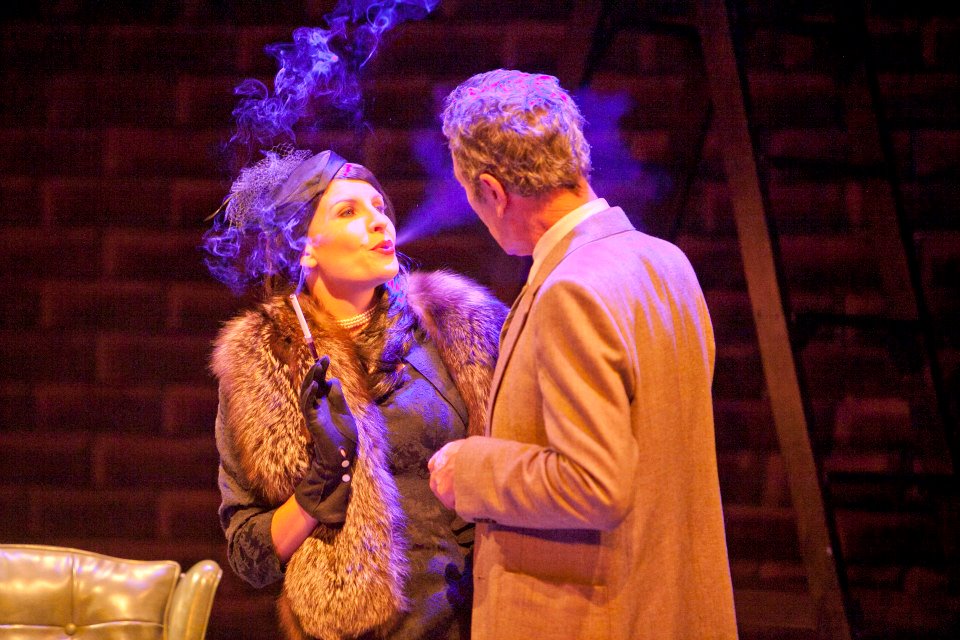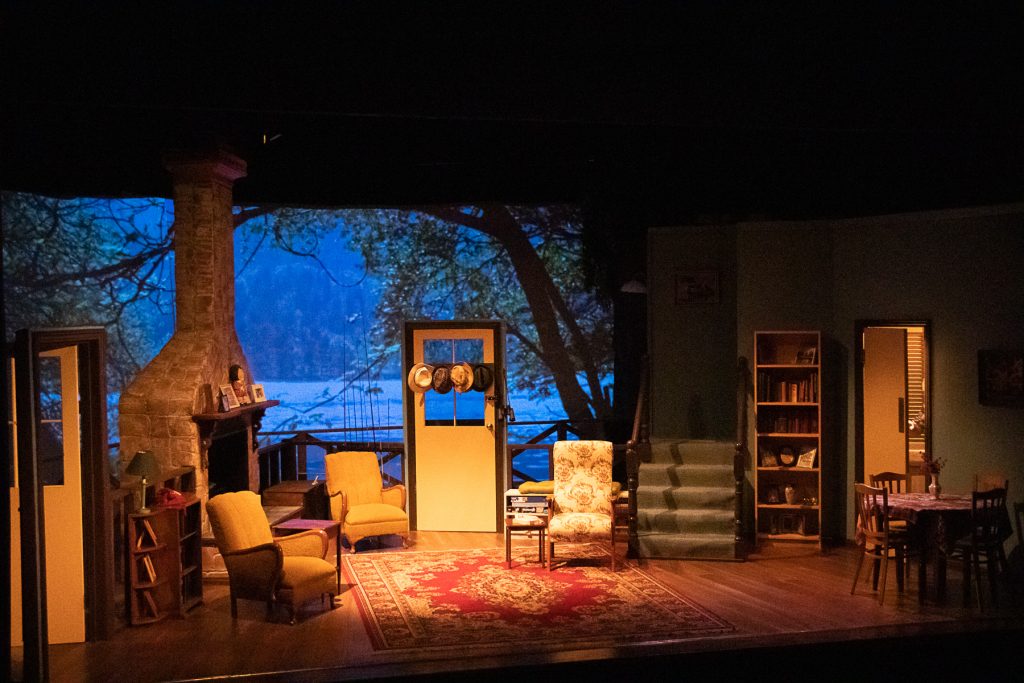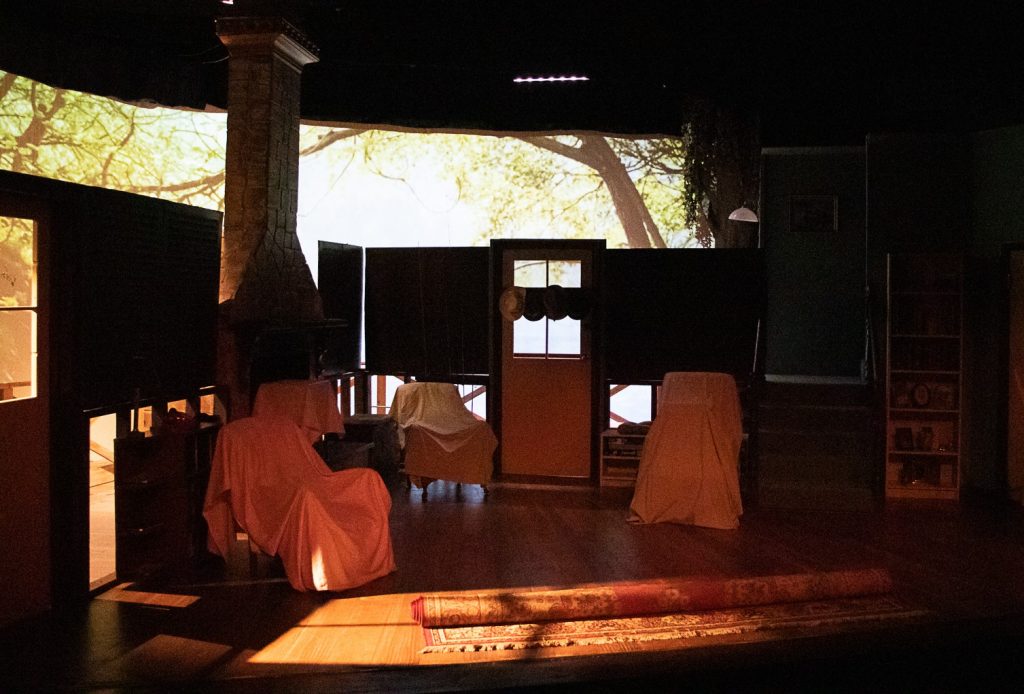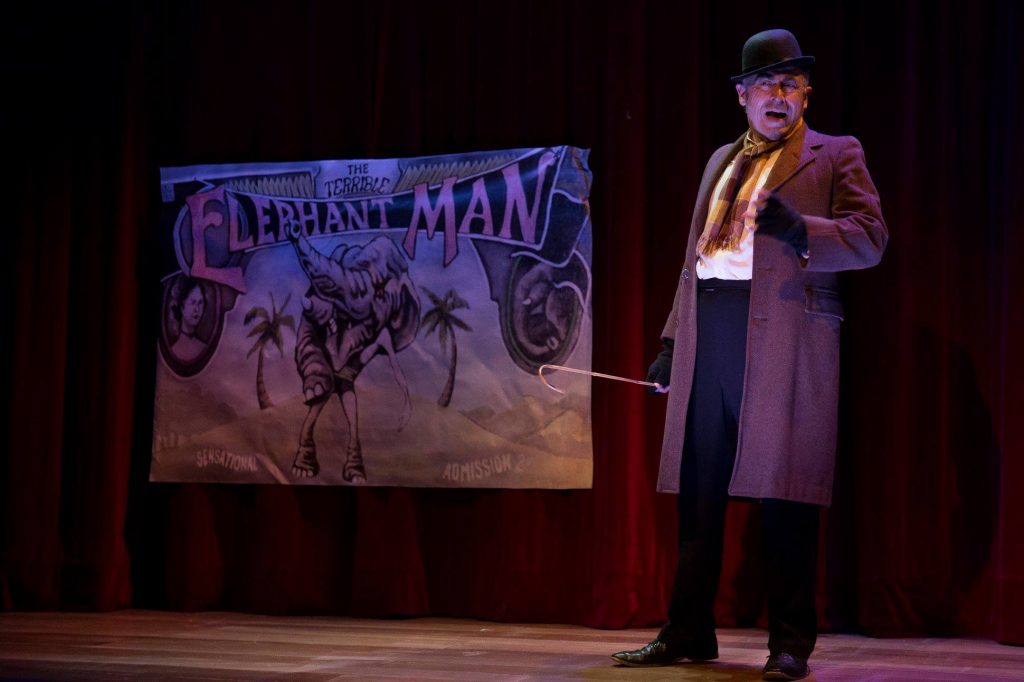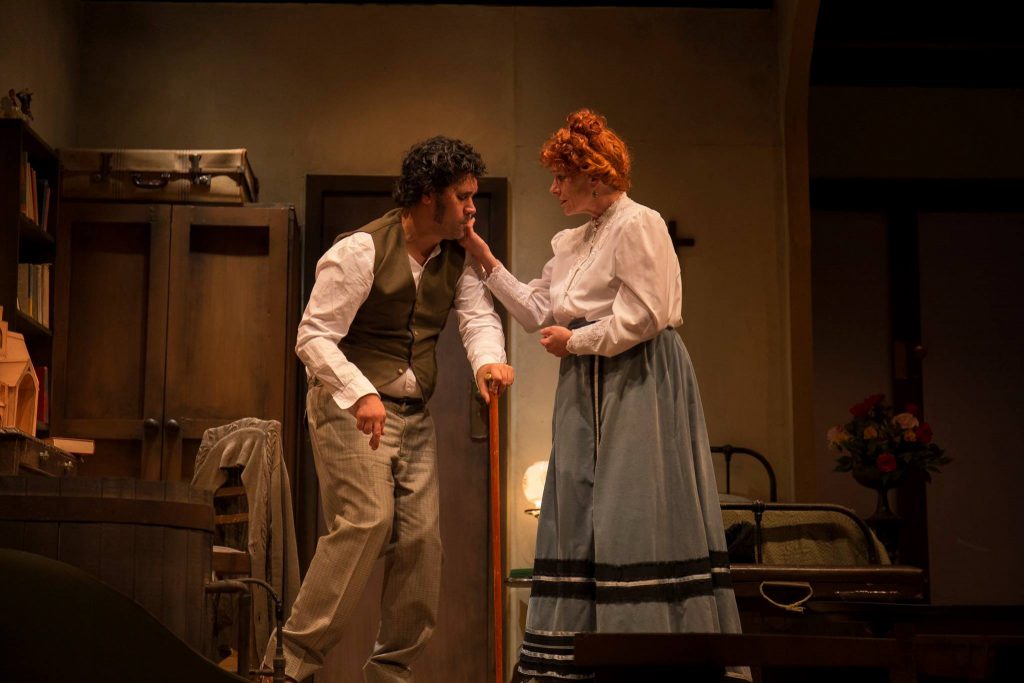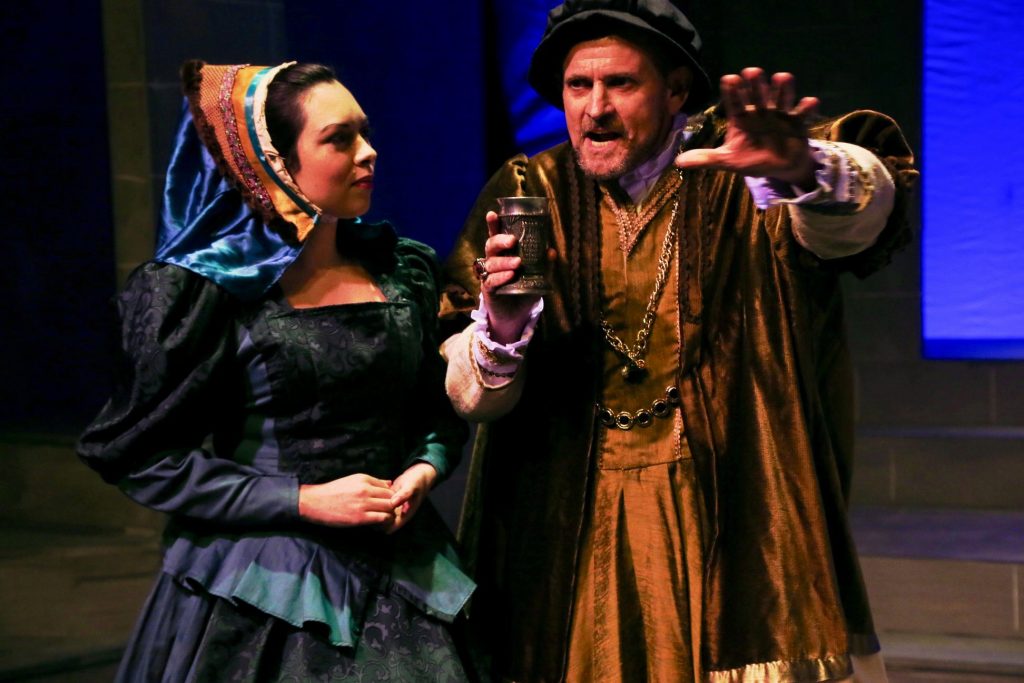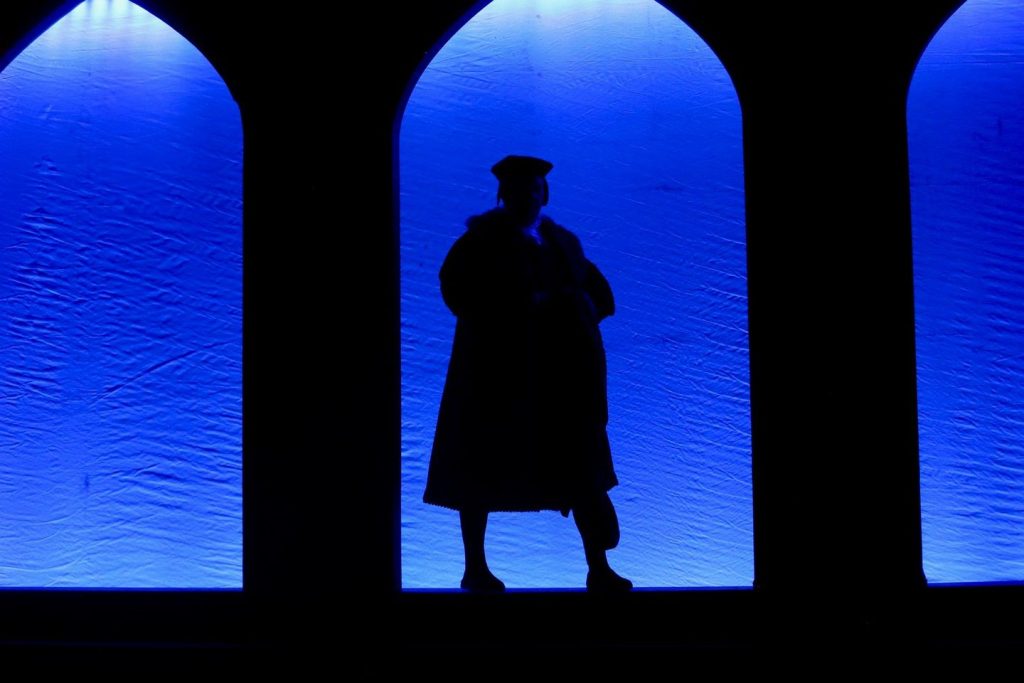By Zina Carman
“Lighting design for theatre is more than just ensuring that the audience can see the actors on stage. Lighting in theatre can also be used to establish the time or location of a play, to create a mood, enhance the atmosphere and to intensify emotions.
Lighting designers are collaborative artists, they exist to assist and elevate the work onstage, to take the audience to a different place. Lighting designers are, mostly, the unsung heroes of the theatre.” (American Theatre magazine)
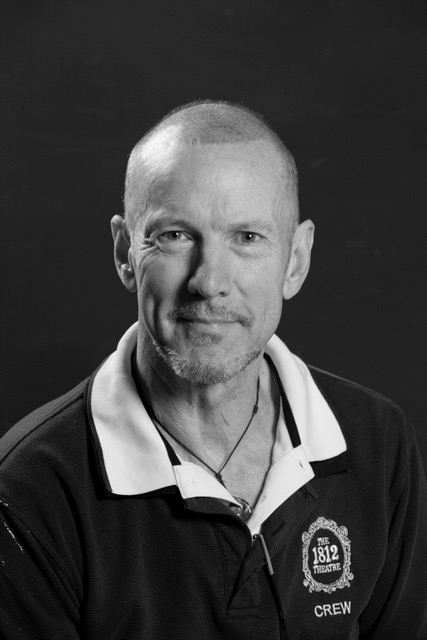
Robin Le Blond is a well-known, extremely busy lighting designer who works mainly with The 1812 Theatre in the Eastern Suburbs of Melbourne. He and I recently had a zoom chat about how he got into lighting design and what he feels the future holds for the craft.
Zina: A lot of people say they got into theatre because their parent took them to a play when they were five, and they fell in love. Is that your story?
Robin: No, not at all. I just sort of drifted into it. My wife Pip got involved with The 1812 Theatre and I found myself going along to watch. I became intrigued by what else was going on. One night the lighting operator couldn’t make it, so I said I’d stand-in. In those days, 1992, it was the old lighting boards where you had to set each cue, not just press a button like now. Bit scary.
I remember the first time I was left alone to operate, I was to spotlight the actress at the end of the play. She would stand in a spotlight, long pause, then she would say ‘goodnight’ and lights out. I was so nervous I brought the light down before she even said goodnight! I heard her angry steps leaving the stage and then thundering up the stairs. She burst into the bio-box and boomed at me ‘don’t you ever do that to me again!’ – I felt terrible, but I learnt a lesson that night!
Zina: You poor thing! Is that the reason you gave up operation and progressed to lighting design?
Robin: (laughing) No not at all. I operated quite a few shows before progressing. The person hanging the lights in those days was Frank Donahue. Frank was doing all the designing and I asked if I could give him a hand, be his offsider. I made a few suggestions, he liked them and it grew from there. Frank finally asked me if I would like to design a show with him backing me up. He was a real mentor for me. That is how I started but I branched out.
I was asked to help at Waverley Theatre. It’s gone now but it was a real institution in its day! I met people there who are now well known – Horrie Leek, Vicki Smith, Keith Hutton, Helen Ellis – people of that calibre who I still work with today. Waverley and the camaraderie I experienced there are what got me hooked! Also, it is where I acquired most of my theatre knowledge. Waverley was ahead of its time and innovative, a terrific learning platform in all aspects of theatre.
Zina: Obviously you learnt by doing but do you think you have a natural talent for lighting design?
Robin: Do I have a talent for it? I don’t know. At school I wasn’t an artistic person by any stretch of the imagination. I did not even like art. Lighting for me was all trial and error when I started. I would go to plays and look at the lighting and get ideas; I still do that. I research online and get ideas, store them and then experiment to see what works.
Zina: At both the VDL and Lyrebirds award ceremonies, you have been nominated for Best Lighting Design countless times and won often. Is that not a sign of talent?
Robin: Perhaps, but sometimes you wonder how the nominations come to you because some of the plays that I’ve lit I think there is no way in the world this play will get anything. I have certainly been surprised by a nomination a time or two!
Zina: Do you have any directors you particularly like to work with?
Robin: It’s always nice to work with people you know but I’ll work with anybody. I never say ‘no’. It’s about meeting the challenge of figuring out how to achieve what the director is looking for. Mind you, I’ve had run-ins with directors! But directors pour their heart and soul into the play so, understandably, they can get terribly upset if things go wrong.
Zina: I can’t imagine how many plays you have designed the lighting for Robin, I know it’s a lot, but can you think of a favourite show and why it’s a favourite?
Robin: (after some time): Katherine Howard at The 1812 is my favourite because I could really go right out and experiment with colour and effects. I saw flickering fire lamps at Circ de Soleil and thought they would look fantastic for the show, so I worked out how it was done and recreated it. One review said: ‘The ‘1812 had gone to a lot of expense and put gas lamps in sconces’! I was really, really pleased with that review! That effect is old hat now but back then it was new. Mind you, Katherine was early days for me so I have different favourite lighting shows now: 39 Steps at The 1812 and Man for All Seasons at The Basin Theatre come to mind. Lighting has become more challenging these days. Some of those challenges are more easily met with the new LED lights. I think the lighting design world is going to change so much with the LED lights that are available now.
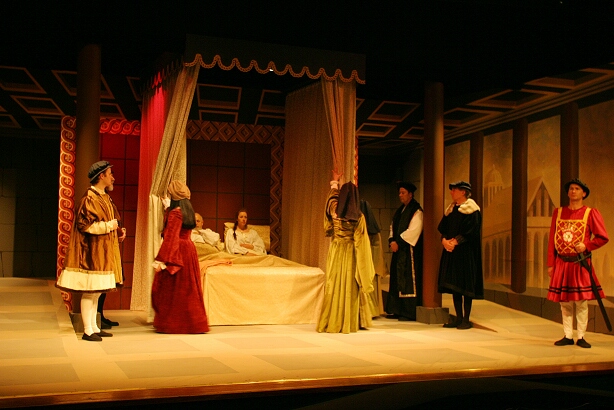
Zina: Do you think the LED lights will be more creative and will they finally totally replace the old globe lights?
Robin: To be creative you must pay for it. The best LED lights are expensive. The cheap LEDs are hardly usable now, they are not pleasant to the eye to look at. They are not friendly or warm, they don’t give the ambience. I think the possibilities are out there for experimenting and it’s a new learning aspect for people like me. I come from the old globe lighting to the new LED. For younger lighting designers coming through, LEDs will be more of what they know and are familiar with.
Zina: I know you have worked with 1812, Lilydale Athenaeum, Peridot, and The Basin Theatre. Where else have you worked?
Robin: Um…Phoenix – Monash Theatre, Brighton, Beaumaris, Mordialloc, Waverley, of course, and I did a couple of school productions at Bayswater. I have also worked, well helped, at MTC a little bit and Chapel off Chapel.
Zina: That must have been exciting, MTC and Chapel off Chapel! Were they rewarding experiences?
Robin: Working with those people I learnt a lot. I always look at every opportunity to grow and learn more and those experiences were invaluable. They helped me to establish the bakery@1812 which was quite an event in my lighting life. It was the first time that I had to make a black square room into a theatre, starting from scratch. We had a lucky break, though. MTC was upgrading a couple of their smaller theatres and they pulled down all their lighting bars. Having a contact with MTC made it possible for 1812 to buy them.
Zina: You spend a lot of time up high on ladders and such. What was the scariest time you had while lighting a play?
Robin: I was up a scissor lift once, there were people down below set- building and I heard a person say, ‘I’ll just move this out of the way.’ I didn’t take much notice until suddenly I’m swaying around six meters up in the air – that was a bit scary. The person who was supposed to be monitoring me had walked away to get a cup of coffee!
Zina: Considering how many places you work, you spend a lot of time designing lighting! What is it that keeps you interested?
Robin: Lighting directs the eyes and aids transitions from scene to scene, it is always a challenge to make that work. Different effects needed, different people to work with and new scripts to work on. Watching rehearsals and learning the story throws up ideas and possibilities.
Zina: With all theatres closed during COVID restrictions, has that been hard, not having plays to light up?
Robin: It’s been strange, given me a lot of time off! But lockdown has helped me personally. I have just done a lighting course online and learnt a lot. Surprisingly, there are not many lighting courses in Melbourne; they are all in Sydney but by forcing us online, COVID has made those courses much more available.
Zina: Considering what we have all been through with COVID-19 and the continuing uncertainty, it will be interesting to see how the future theatre experience will change from what we know. Do you have any thoughts on that?
Robin: I think it will take time and I expect that most theatres will have to be thinking about live streaming their plays initially. But I really believe that eventually we will slowly go back to watching our plays as normal. To be in the auditorium, being drawn into the story, sharing the experience….there is nothing quite like live theatre is there?
Zina: No, Robin, there isn’t, and it will be wonderful when we can all get together and bring stories to the stage again! Thank you for making yourself available for this chat and we look forward to seeing your future lighting designs as soon as we can!
